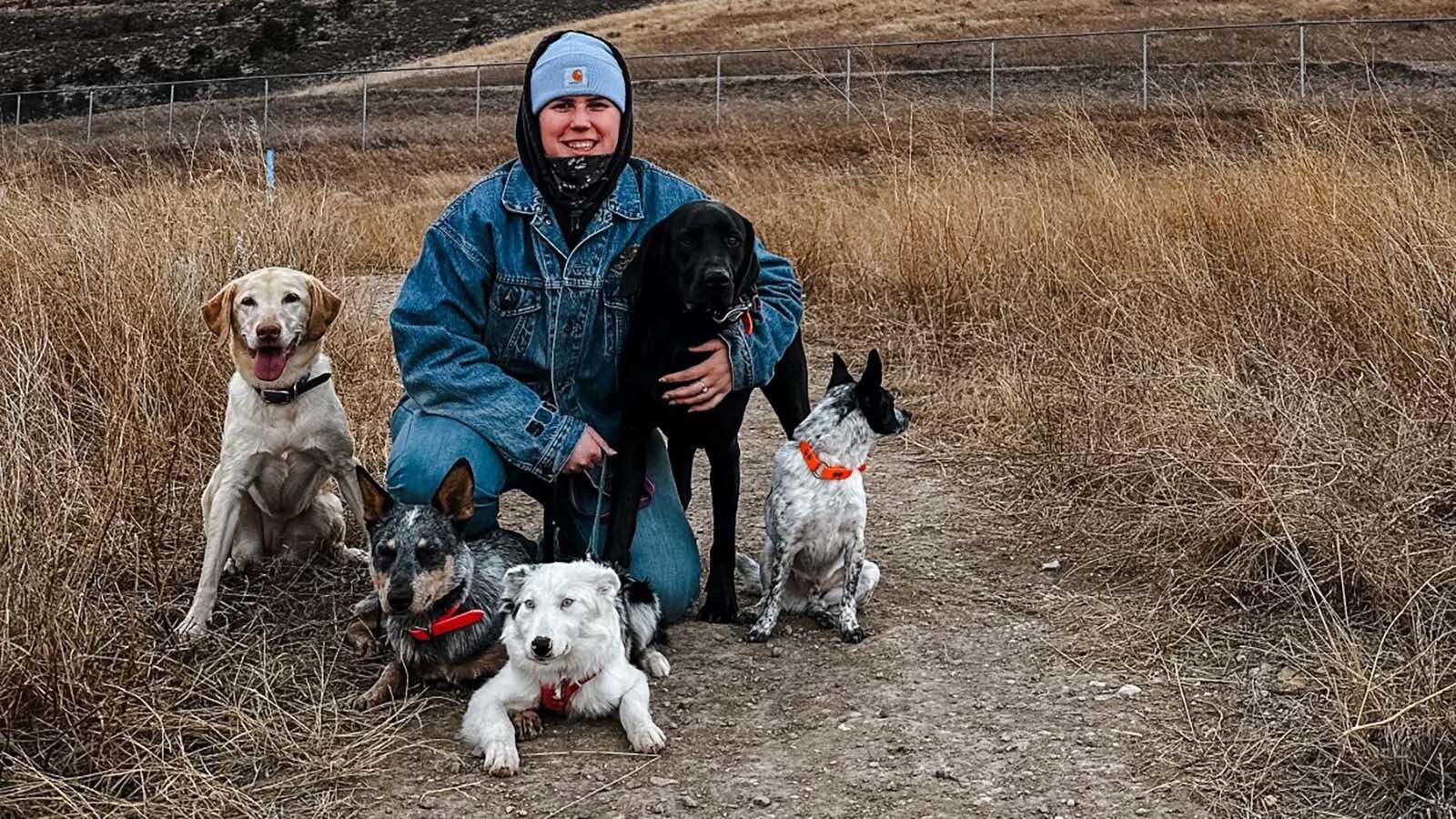There’s a chilling change in the wind for the upcoming 2024-2025 winter season. Wyomingites won’t see wind chill watches or warnings in their morning forecasts.
Instead, everything is going to be “extreme.”
The National Weather Service has announced a change to its winter weather vernacular. Watches and warnings for “wind chill” will be replaced by “extreme cold” to give a broader preview of what can be expected outside during winter.
That doesn’t mean wind chills won’t be posted when they happen — and they happen a lot in the Cowboy State. Extremely low wind chills are still a potent threat, but there’s more to extreme cold than the wind.
“The main reason for the change is just to simplify things,” said meteorologist Josh Sandstrom with the NWS Cheyenne office. “We can get dangerously cold temperatures without much wind and in combination with wind. This puts both things into one headline and makes it easier for everyone to understand.”
Chilling Results
Sandstrom explained that wind chill is used to “find out how (winter weather) feels against your skin.”
It reflects how much the actual temperature is affected by wind speed.
Wyoming is notorious for its dangerously cold wind chills, which dipped as low as minus 50 degrees last winter. And they’re not going anywhere, as Sandstrom said wind chills will still be published and included in daily and weekly forecasts. The only thing that’s changing is the main terminology.
“Essentially, we’re still using the same criteria for wind chill,” he said. “If it’s minus 25 degrees outside, and the wind chill brings that down to minus 45, the Extreme Cold Warning will be issued for that minus 45.”
Extremely Better?
Cowboy State Daily meteorologist Don Day generally supports the change from wind chill to extreme cold. He believes it could provide a better perspective on “the whole picture” of subzero temperatures.
“I think it gives people a better idea of the severity of a cold snap, not just when it comes to wind, but temperature as well,” he said. “A wind chill warning doesn't talk about what the temperature will or could feel like. It doesn't explain the severity of the cold snap.”
A winter day in Wyoming can be completely calm and still be dangerously cold. Day believes an extreme cold warning could better communicate climate conditions to anyone outside.
“I feel that the new way of wording will advise people of the severity of the cold better than just using a wind chill,” he said. “During wind chill advisories and warnings, most people pick up on the wind chill, and for good reason, but that doesn't necessarily include how long a cold snap could be.”
The NWS expands its extreme weather vocabulary when necessary. One recent addition was "snow squall warnings," which are for small, intense snow and windstorms that can form and disperse within an hour.
"Supercells" are the summer equivalent of snow squalls. Several supercells were reported this summer, including furious hailstorms and funnel clouds.
Day only has one criticism of Extreme Cold Warnings and Watches. But it’s business, not personal.
“The NWS seems to love the word ‘extreme’ these days,” he said. “I'm not a fan of the word ‘extreme,’ but that's just me. I think the new wording is ultimately better.”

The Thresholds
Meteorologist Tim Trudell with NWS Cheyenne explained that the thresholds for Extreme Cold Watches and Warnings won’t be the same across Wyoming. Northern and southern Wyoming will have different thresholds at different temperatures.
“The threshold for an Extreme Cold Watch will be minus 20 degrees across Wyoming,” he said. “After that, it gets a little trickier.”
Trudell explained that the threshold for an Extreme Cold Warning for southern Wyoming, from the Interstate 80- corridor to Douglas, Casper and Riverton, is minus 30 degrees. Above that line, the threshold for northern Wyoming will be minus 40 degrees.
Trudell said several NWS agencies across the western United States collaborated to find the best temperature thresholds for Extreme Cold Watches and Warnings. Those thresholds should be fairly similar, state to state and region to region.
“It won’t be exactly the same everywhere, but it should be pretty close,” he said.
Expect Extremes
Regardless of what wording is in front of the watches and warnings, Day said Wyomingites should expect to see “extreme cold” frequently on their winter forecasts. His long-range forecast for the 2024-2025 winter season anticipates a colder, snowier winter for the Cowboy State.
“I think we’ll see a lot of extreme cold watches and warnings this winter,” he said. “And even though they're taking the words ‘wind chill’ out of the headline, the wind chill is still part of the equation.”
Day expects it to be disproportionally snowier in northern Wyoming than southern Wyoming, given the prevailing weather patterns and strengthening La Niña, which will dominate the weather this winter. But it should be colder everywhere, which means more chances for extremely cold days, with or without the wind chill.
“From a Wyoming perspective, we usually get severe cold with a period of extreme wind chill,” he said. “We’ll have a storm come in and get bitterly cold with wind. Then you’ll see the wind die down, but you still have two or three really cold days after that. I think that's one of the reasons why they're doing this. It’s not necessarily just the wind, but the prolonged and severe cold as well.”
Contact Andrew Rossi at arossi@cowboystatedaily.com

Andrew Rossi can be reached at arossi@cowboystatedaily.com.





